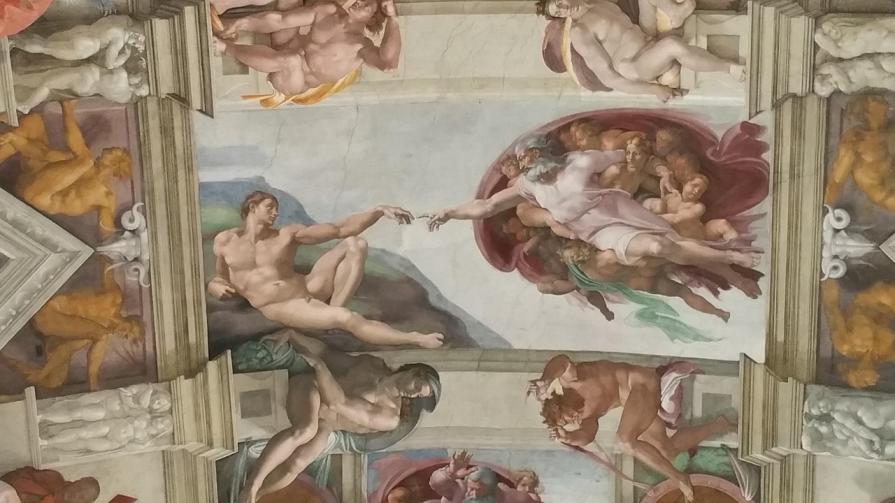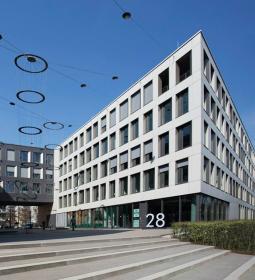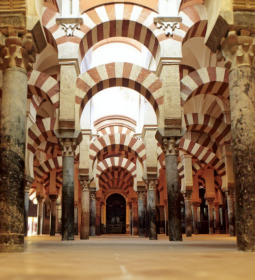In today's article we will talk about the sights, whose glory is greater than themselves. We present to your attention the top tourist disappointments.

Trevi Fountain and Sistine Chapel

The Italian capital and the See of St. Peter are in every sense at the top of the list of places that serve as a disappointment for the tourist - it is too crowded and too hot there, and the smells do not please the sense of smell.
The ceiling of the chapel painted by Michelangelo, in which the pontiff is chosen, can be looked at for hours, but no one will allow you to just stand with your head cocked, let alone lie down. It is forbidden to take pictures in the hall, it is forbidden to speak, nothing is forbidden - specially trained papal Cerberus monitors this vigilantly. If in the 19th century such people were recruited into the papal army, Italy in life would not have become united.
The imposing Trevi Fountain is surrounded by tourist crowds eating furiously on its marble barriers. Among thousands of tourists - smokers, drinkers, swearing, throwing coins as a keepsake (dirty gypsy kids immediately fish them out), you involuntarily feel loneliness and emptiness. Morning and even night hours do not save you, because Rome is an eternal holiday, it is always with you.
Pamukkale in Turkey

Pamukkale is one of the most striking tourist destinations in Turkey: people are attracted by the opportunity to personally see the travertine terraces and clear blue waters under the Unesco protectorate.
In practice, only part of the terraces are filled with water, and they can be viewed properly from the only place to which not every tourist will reach in the forty-degree heat. It is impossible to walk in boots, so as not to damage or stain a unique natural object, so there is a very high probability of flopping into the water.
And again hundreds of onlookers will be waiting for you, shouting, making noise and spoiling everything, from perspectives to shots. This season, the janissaries have been added to the traditional adversity, monitoring the observance of the mode of wearing masks (in the forty-degree heat it is still a fantastic pleasure).
Among the terraces is the so-called Cleopatra pool. I do not think that the queen would bathe in a nasty hot puddle under the scorching rays of the Anatolian sun. Although the ticket price tag (15 bucks!) Is worthy of queens, this is the only thing that connects the object with the kings.
Manneken Pis in Brussels

The famous statue of a boy doing business in the pool is the most famous tourist attraction in Belgium. Finding it is not so easy, although you can ask in the city and they will explain the way to you.
Contrary to expectations, the sculpture is small: about the size of a one and a half year old child. The trickle from the subject of boyish pride, in a technical sense, enters the statue through a tube inserted on the back of the child - such is the enema of the Baroque era.
Even a permanent masquerade does not save the statue from banality and vulgarity, even if you dress him up as Saint Nicholas. In general, social networks and video tours completely replace personal impressions of this extremely dubious sight.
Cabaret "Moulin Rouge" in Paris

"Moulin Rouge" became the hero of several films, where seductive ladies with brilliant forms and luxurious costumes appear in a cabaret. The theater itself is very atmospheric, the scenery resembles postcards and looks better than in the movies.
But the dances are rather monotonous, boiling down to cancan and similar numbers, interspersed with twines and loud screams. In a word, you can see it once, but there are no grounds for frequent visits.
Juliet's balcony in Verona

In this city there is a palazzo, in which, according to legend, the Capulets lived from Shakespeare's play about young lovers. It has nothing in common with the stage performances of a terrarium for lonely lovers - an ordinary medium-heaped courtyard-well in the best traditions of St. Petersburg, richly decorated with medium-sized graffiti.
Unmarried girls have a sign: as soon as you rub the bronze perches of unfortunate Juliet, you will immediately find yourself a prince. In our times, even innocence has its limits, and the views and traditions of the 16th century will definitely not fit into the canon.
Fez dyehouses

I remember the cover of one of the issues of GEO magazine: numerous vats with multi-colored paint against the background of a red adobe building. Here they dye the skin, and the artisans are famous all over the world, everything looks bright, cool, damn attractive, especially for inexperienced amateur photographers.
You can look at the dyeing houses from one of the balconies of private houses and shops. Local residents and merchants have made a small business out of this - it costs a few euros to see. You will be given a scented scarf or a mint branch, taken up a steep staircase, and you will see everything with your own eyes. But first, smell it. Mostly natural dyes are used here. Some are mixed with herbs and minerals, but the most common color paint recipes include pork urine, human urine, blubber, and other delicious scents.
Here you can also buy the results of the labors of the unfortunate Moroccans, working among the stinking vats from dawn to dusk. Inexpensive. Bargain is a local sport.












